The case for development partnerships is clear: We know that in order to tackle the global challenges we face, we need to get important actors from different sectors to work together towards a common agenda for tackling complex problems like malaria, malnutrition, poverty, or environmental degradation.
What we don’t understand well enough yet is HOW to set up these partnerships so they can drive lasting change on the ground at the scale we aspire to. If you build a house to last for 100 years, the basic architecture matters. If we are to build a sustainable post-2015 world, we better get the foundations right.
The principles of collective impact provide important lessons on what it truly takes to take on complex problems. In Shaping Global Partnerships for a Post-2015 World, we share best practices from six diverse initiatives on how to apply these principles to set global cross-sector efforts up for success.
Most importantly, any successful collective impact effort relies on a strong and neutral backbone structure, a dedicated team that acts as the ‘glue’ holding the partnership together. It is the backbone that enables the other conditions of success. The backbone team:
1) facilitates continuous communication
2) provides strategic coherence around the common agenda
3) establishes shared measurement and learning systems, and
4) supports the mutually reinforcing activities of the different partners
What’s different for global partnerships is that coordination needs to happen at multiple levels, from the global to the local level. Hence there needs to be a clear and deliberate division of labor between these levels to make the system work as effectively as possible and continuous communication throughout.
For the New Vision for Agriculture, for example, the World Economic Forum convened its core partners at the global level and facilitated the development of a common agenda around agricultural development that takes account of the interests and expertise of the different sectors, notably including the private sector as a key driver of economic opportunity. This global agenda is currently guiding cross-sector partnerships in 14 countries across the world. At the regional level, Grow Africa acts as the backbone and connects pioneering governments, businesses, investors, smallholders, and development partners to align on common goals and commitments specific to the region. To date, the platform has secured more than $5 billion in investment commitments, and supports efforts in nine countries. In-country, local backbones fulfill key roles in planning, coordination and facilitation, like the SAGCOT[1] Secretariat in Tanzania.
A key success factor and one that is often lacking in cross-sector partnerships is a shared measurement system that ensures that activities remain aligned and that lessons are shared among partners to encourage learning and continuous improvement. In the field of malaria, this is working rather well thanks to the Roll Back Malaria Partnership’s (RBM) strong focus on measurement. Based on the Global Malaria Action Plan (GMAP), the global secretariat established common metrics for all countries for key indicators such as the delivery of bed nets and rapid diagnostic tests and treatments. In-country data collection is facilitated by the national ministries of health and compiled into quarterly reports that appear on RBM’s website, allowing actors at any level of the partnership to track country by country progress in terms of expenditure and interventions. And RBM’s Sub-Regional Networks monitor country data to identify trends and best practices and support the global secretariat in sharing key learnings across the partnership.
The ultimate goal of every development partnership is to drive progress on the ground through mutually reinforcing activities with each partner bringing their particular strengths and expertise. For its Food Fortification Program, the Global Alliance for Improved Nutrition (GAIN) helps build the backbone infrastructure in-country through the creation of national cross-sector groups known as national fortification alliances (NFAs). NFAs work through issue-specific working groups towards the shared goal of improving the nutritional status of key populations. Thus, the ministry of health determines the local health needs; civil society groups help to build community awareness and drive demand for fortified foods; private industry works on producing and supplying the necessary products and services; and donors spot gaps in the system and seek linkages with other programs.
Partnering around complex social issues has never been easy, and collaborating at multiple levels is even more challenging – yet if we want to have a chance at building a better world post-2015, we have to embrace this complexity. Leaders of global partnerships need to build the right backbone structures and processes, and funders must understand that it is precisely by investing sufficiently into the right backbone support that the partners will be able to achieve “more with less”.
Please contribute to the discussion by leaving a comment or question – we look forward to continuing the conversation.
Read the Full article “Shaping Global Partnerships for a Post-2015 World: The principles of collective impact offer important lessons for architects of global collaborative efforts” on the Stanford Social Innovation Review website











2 Responses
Hi Sonja, the shared metrics you mentioned in your article is something I wrote about in an email to Mark Kramer on May 2, 2013, where among ten specific ideas for the long term outlook of CSV, this was included. This is achievable even on a global scale and yet it is my belief that the future of CSV rests on these initiatives. Thank you.
Regards,
David
Great article, thanks Sonja – would recommend putting the last sentence in bold next time!